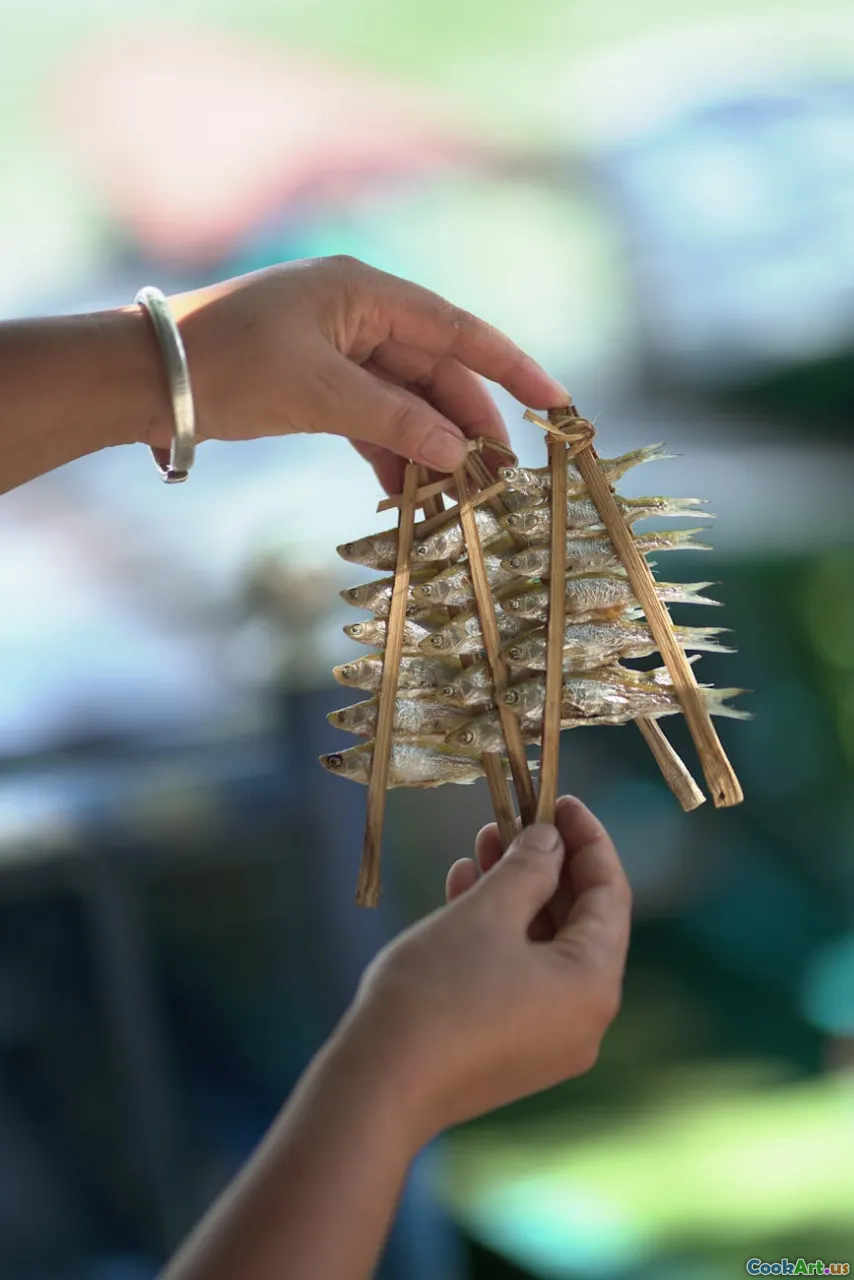Food Preservation with Natural Materials
5 min read Discover the art of food preservation using natural materials, exploring techniques and benefits for sustainable culinary practices. April 11, 2025 20:45
Food Preservation with Natural Materials
In an era where culinary innovation meets sustainability, food preservation with natural materials is gaining significant attention. This article explores various techniques and methods that harness nature to extend the shelf life of food while maintaining quality, flavor, and nutrition.
Understanding Food Preservation
Food preservation refers to the processes used to prevent food spoilage and extend its usability. It is an ancient practice, essential for food safety, nutritional value, and reducing waste. Traditional methods such as drying, fermenting, and pickling have been utilized across cultures for centuries, often employing natural materials that are easily available.
The Rise of Natural Preservation Techniques
With the modern culinary world increasingly leaning towards sustainability, the resurgence of natural preservation techniques is not just a trend; it’s a necessary shift. Consumers are more aware of the environmental impact of food production and packaging, leading to a growing interest in preserving food without artificial additives. Here are some notable natural preservation methods:
1. Fermentation
Fermentation is a natural process that converts sugars into acids, gases, or alcohol using microorganisms. This method not only preserves food but also enhances its nutritional profile and flavor. Foods like kimchi, sauerkraut, and yogurt are excellent examples of fermented products that thrive on natural preservation.
2. Dehydration
Drying is one of the oldest preservation methods. By removing moisture, the growth of bacteria, yeast, and molds is inhibited. Fruits, vegetables, and herbs can be dehydrated using sun, air, or low-heat methods. This technique is particularly popular in regions with abundant sunlight and is a key method in many cultures.
3. Pickling
Pickling is the process of preserving food in an acidic solution, typically vinegar, or through fermentation. This method adds flavor and increases shelf life. Natural pickling spices such as dill, garlic, and mustard seeds are often used, highlighting the culinary heritage of various cultures.
4. Smoking
Smoking not only adds a distinctive flavor profile but also acts as a preservative. The smoke contains compounds that inhibit bacterial growth. This method is common for meats, fish, and even vegetables, showcasing the versatility of natural preservation techniques.
5. Natural Antioxidants and Preservatives
Many natural ingredients, such as vinegar, lemon juice, honey, and salt, possess antioxidant properties that help in food preservation. These ingredients not only enhance flavor but also help maintain freshness by preventing oxidation and spoilage.
Benefits of Using Natural Materials for Food Preservation
- Healthier Options: Natural preservation methods eliminate the need for synthetic preservatives, making food safer and healthier.
- Enhanced Flavor: Many natural preservation techniques, like fermentation and smoking, enhance the flavor of food, providing a unique culinary experience.
- Cultural Heritage: Utilizing traditional methods connects us to our culinary history, celebrating regional ingredients and techniques.
- Sustainability: Natural preservation methods often have a lower environmental impact compared to industrial processes, aligning with eco-conscious consumer values.
- Cost-Effectiveness: Preserving food at home using natural methods can be more economical than purchasing pre-packaged goods.
Conclusion
Food preservation with natural materials is not just a culinary trend; it's a movement towards sustainability and health consciousness in our diets. As we explore innovative techniques rooted in tradition, we can reduce waste, celebrate flavor, and cultivate a deeper appreciation for the ingredients we use. Embracing these methods not only benefits our health but also honors the environment and the culinary practices of our ancestors. In a world striving for sustainability, returning to our roots in food preservation may just be the key to a more resilient future.









